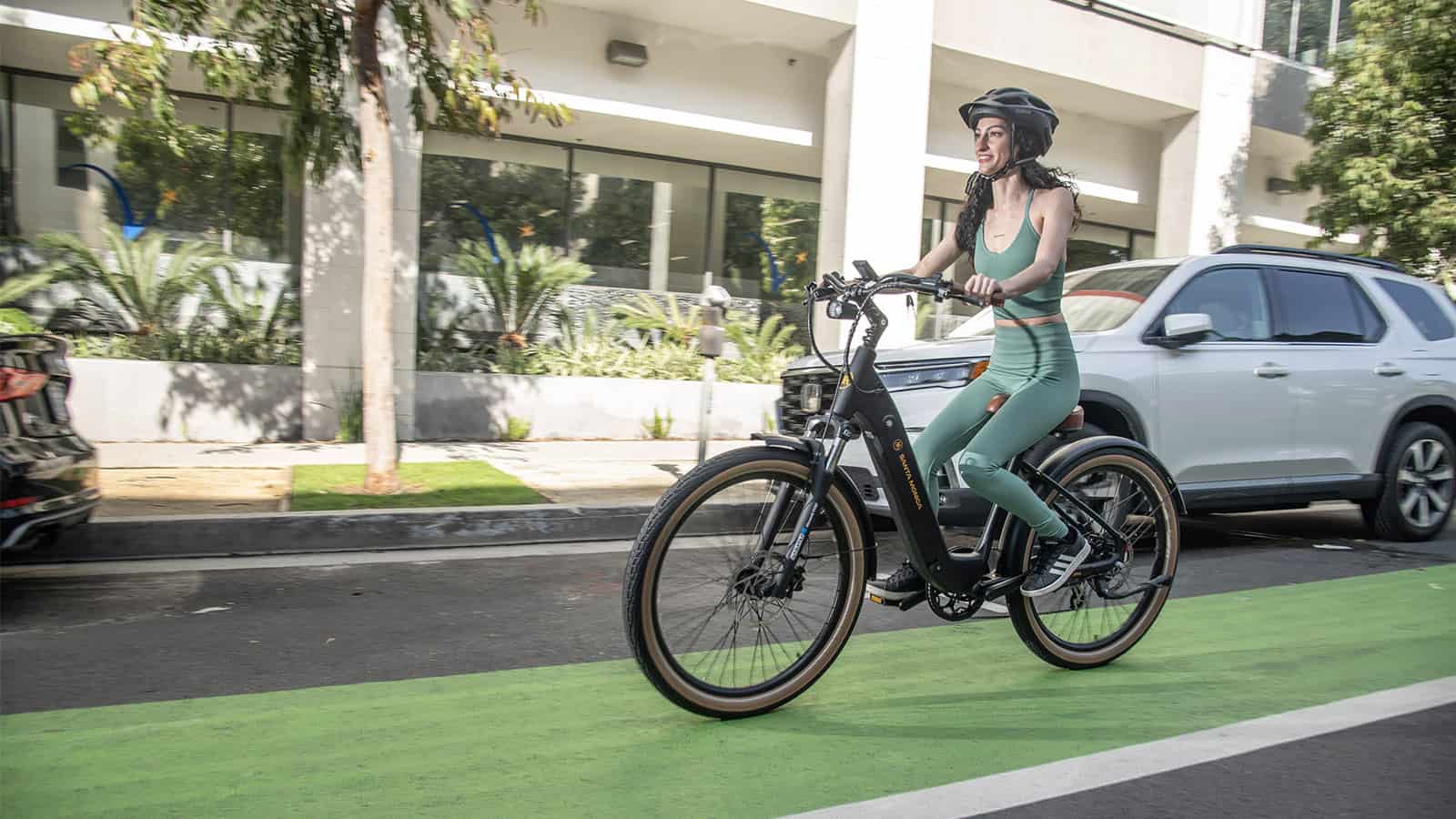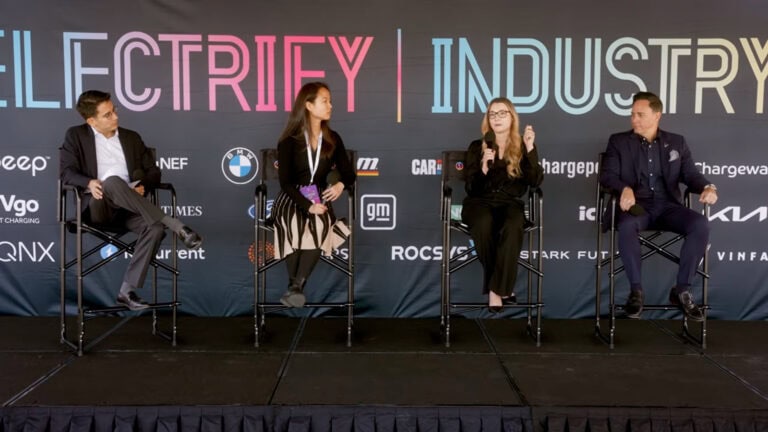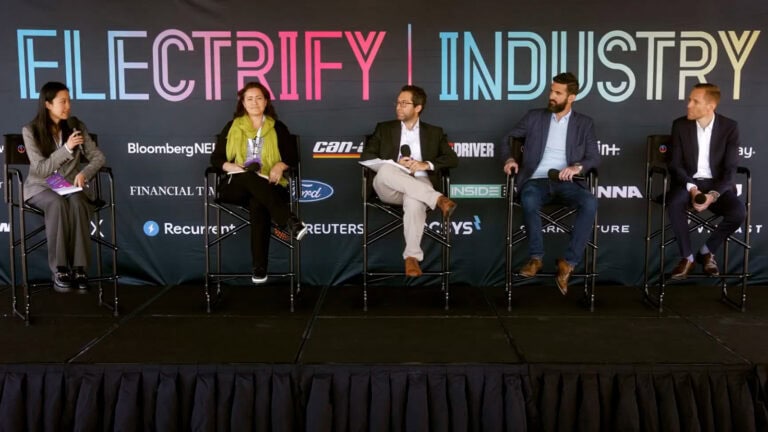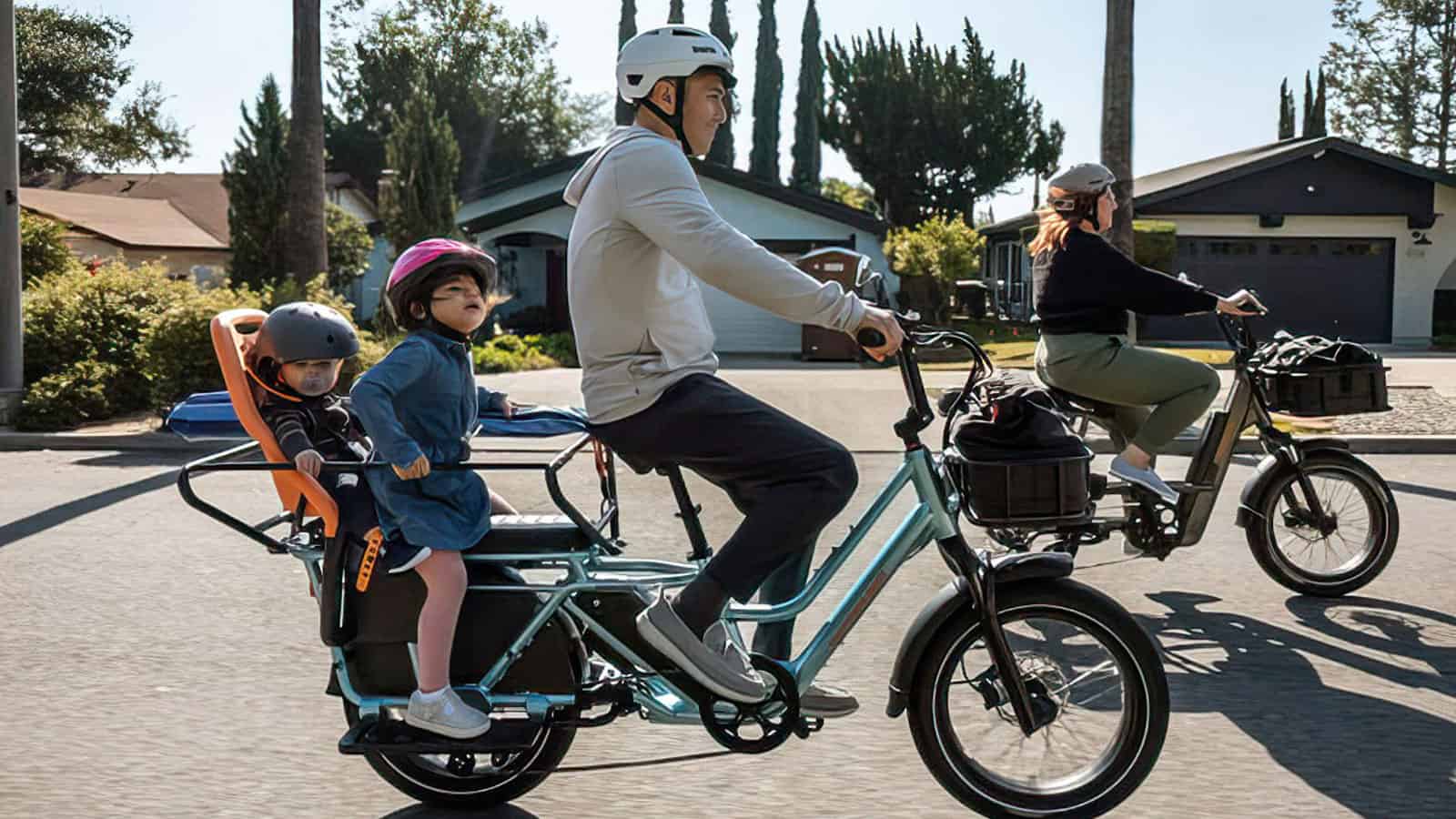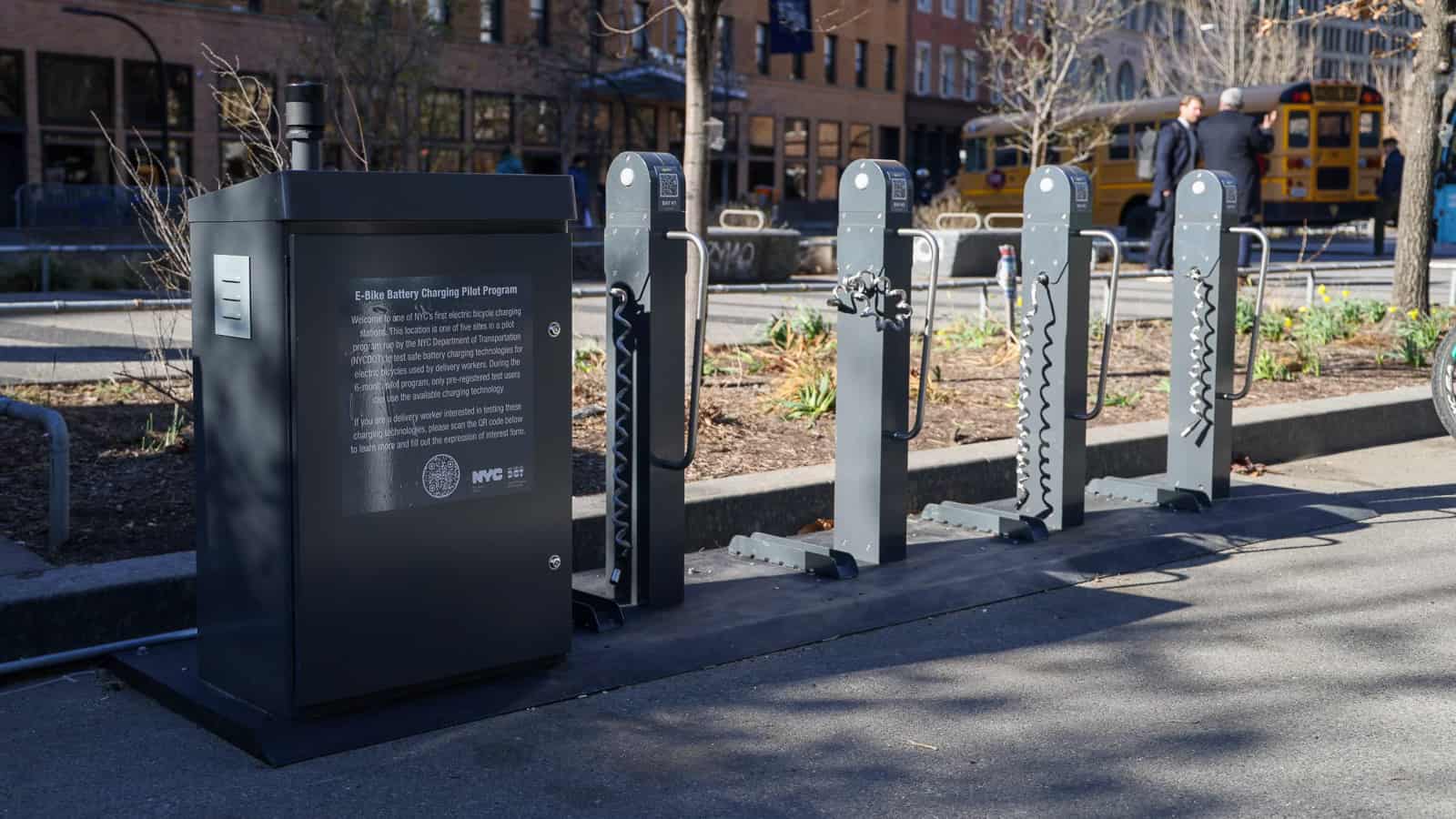- Up to 95% of the materials in lithium-ion batteries can be recovered through recycling.
- Taking care of your e-bike’s battery will keep it out of a landfill or recycling center for a much longer time.
- Many bike shops participate in e-bike recycling and will take your battery when it’s reached the end of its life.
Over one million e-bikes are sold in the United States annually. They are becoming the most popular way to get into electric vehicles. And every bike has at least one battery, which must be charged regularly with use.
ADVERTISEMENT
Most e-bike batteries currently last 500-1000 charge cycles. A full charge cycle is going from nearly 0%to 100%, but most of the time people won’t have to fully charge their battery from empty, so they use part of a cycle. As a battery is used, it starts to slowly lose some of its capacity, which means you’ll lose a little bit of range as the battery ages.
There are things you can do to keep the battery for an electric bike healthy, like never fully draining the battery and keeping your bike battery within a comfortable temperature.
But after several years and hundreds of charge cycles, the lithium-ion battery in your electric bicycle will hold about 80% or less than it did when it was new. At some point, you may want to buy a new one, but what do you do with your old battery? Recycling e-bike batteries is becoming more common, thankfully.
When you’re ready to buy your new battery, hopefully one will be available. With systems like Bosch or Yamaha, they offer OEM batteries that don’t change shape or size very much year-over-year.
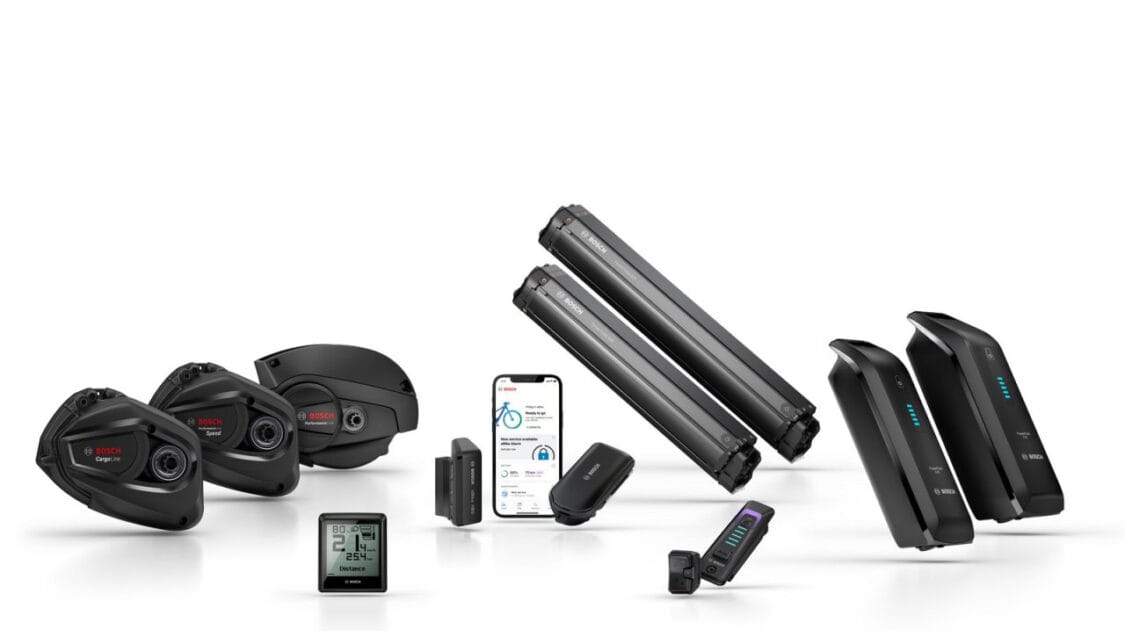
Photo courtesy of Bosch.
If you are buying a new bike, ask the bike shop or the manufacturer what the possibility is of getting a new battery in 3-5 years of use. It’s a good thing to have that discussion up front. If you already have an e-bike, you can still ask now.
It is possible to have a battery rebuilt, but if you consider this route, make damn sure you use a company that specializes in this. Nonprofessional rebuilds are the cause of many of the e-bike fires in NYC, with homebrew rebuilders mismatching cells that they’ve sometimes sourced from scooters and rejects they get from battery manufacturers overseas. It’s not worth the risk!
ADVERTISEMENT
Prolonging Your E-Bike Battery’s Life
There are some recommended practices to maximize your e-bike battery’s life and health. First, if you don’t need to have maximum range all the time — it’s better to charge your battery to 80% instead of 100%. This will save you time, as well, as half of your charge time will get you to 80%, and the other 20% will take fully half the charge time. So if your battery takes 4 hours for a full charge, it will only take 2 hours to reach 80%.
Also, when possible, don’t drain your battery below 20%, and try never to drain your battery fully. That can cause irreparable damage. If your battery display shows 5 bars, each one of the bars is approximately 20%.
Keeping your bike well-maintained, especially keeping the drivetrain clean and lubricated, as well as checking your tire pressure regularly, will go a long way in using less power, effectively giving you more range.
When storing your bike for a few months, e.g. in the winter, it’s a good idea to at least store the battery indoors in a warm, dry place. Lithium-ion batteries don’t like extreme cold. And store your battery with a 40-50% charge, perhaps checking it once a month to keep it in that range.
ADVERTISEMENT
E-Bike Recycling and How It’s Done
But what happens to the battery after it’s beyond its useful life? That’s the question everyone asks, as though there isn’t a safe or environmentally-friendly option — but there is. E-bike recycling is actually possible.
There are companies that are doing incredible work in recycling lithium-ion batteries. And many bike shops now offer a service to safely collect your used battery and send it to be recycled.
JB Straubel, co-founder of Tesla and its former CTO, left Tesla and founded Redwood Materials, which is located close to Tesla’s Gigafactory in Reno, Nevada. The idea is to recover the materials and then transport them a short distance to be reused. They recycle just about any kind of lithium batteries, from the small ones in smartphones to the massive ones in cars.
The amazing thing is that they can recover up to 95% of the materials in a lithium-ion battery, meaning these batteries can be reused, so less new material must be mined: minerals like nickel, cobalt, copper, aluminum, lithium, and graphite. This also addresses supply chain issues, something we’ve all been aware of the past few years.
Redwood’s goals are to produce enough anode and cathode materials for 100 GWh, or one million electric vehicles annually, by 2025. By 2030, they expect to produce five-fold that, or 500 GWh.
ADVERTISEMENT
Panasonic and Amazon have both heavily invested in Redwood, the former being a battery manufacturer and the latter being a seller of consumer products that use lithium-ion batteries (e.g., their own Kindle readers, as well as all kinds of other products). Plus, Amazon ordered 100,000 electric delivery vans from EV manufacturer Rivian.
Li-Cycle is another company that specializes in EV and e-bike battery recycling. They’ve ramped up their operations to recycle 81,000 metric tons of materials annually in 2023, contributing to the sustainable management of lithium-ion batteries.
In addition, organizations like Call2Recycle have joined forces with PeopleForBikes to establish Hungryforbatteries.org, a website dedicated to providing information on how and when to recycle your e-bike battery.
Call2Recycle has made significant strides in battery recycling and collected nearly 8 million pounds of batteries in 2022, including over 3 million pounds of lithium-ion batteries. These initiatives highlight the increasing awareness and importance of EV battery and e-bike recycling to minimize waste and maximize resource utilization.
ADVERTISEMENT

FEATURE IMAGE: TONY DONALDSON
FTC: We use income-earning auto affiliate links. Learn more.


